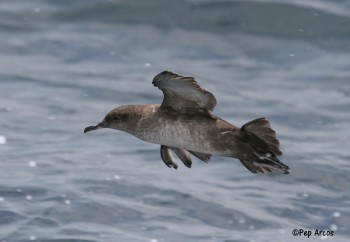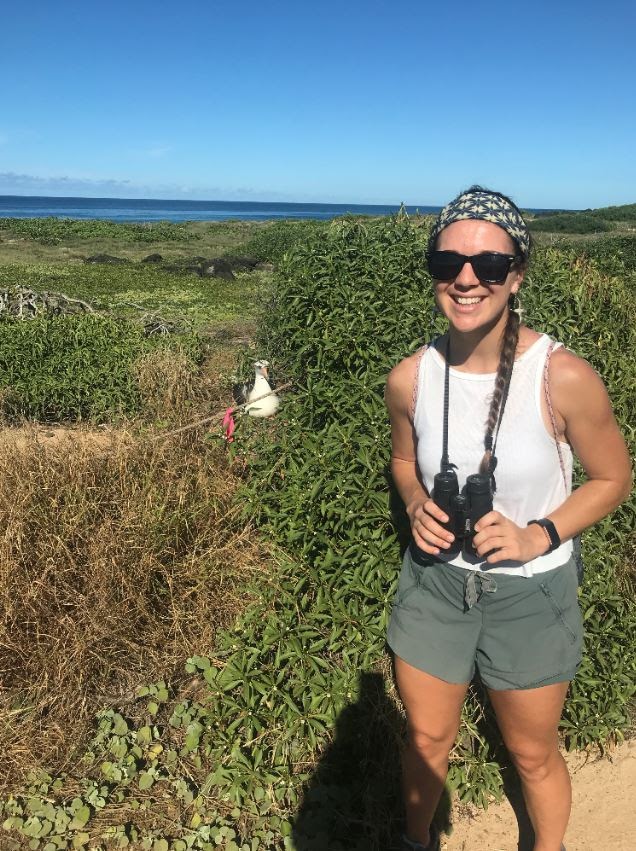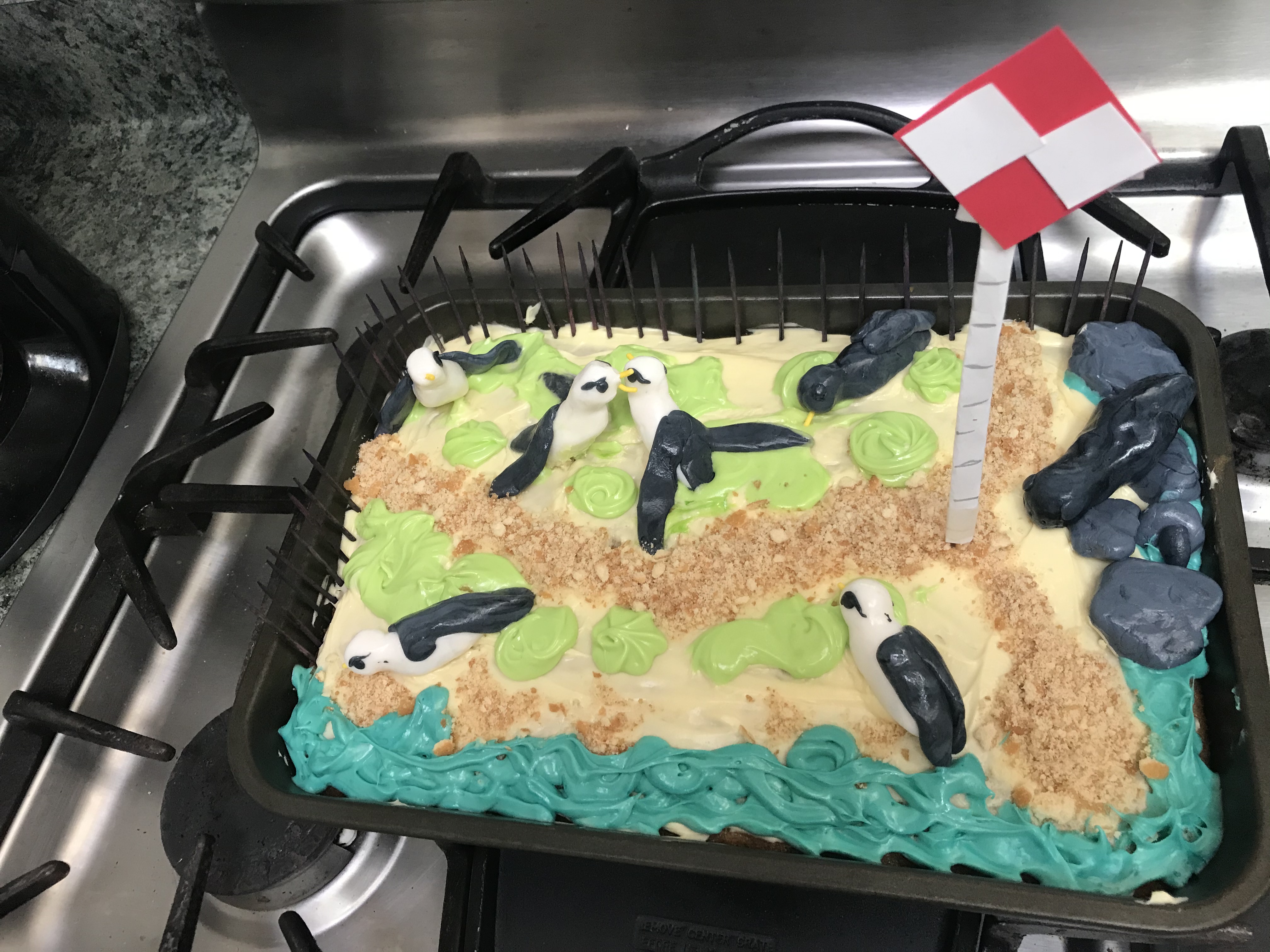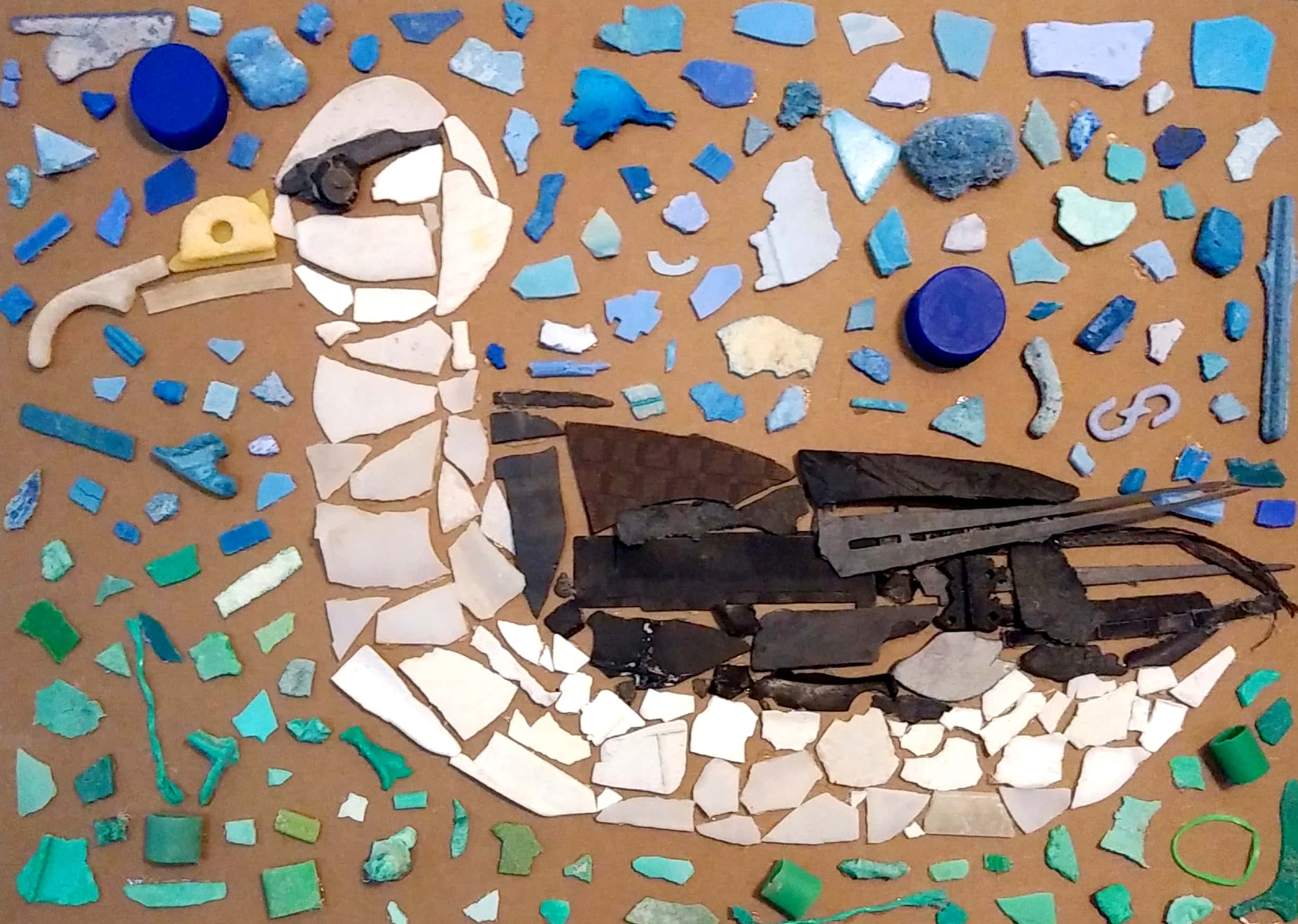
Balearic Shearwater at sea, photograph by Pep Arcos
The Small Grants Programme aims to assist ACAP meet its objective of achieving and maintaining a favourable conservation status for albatrosses and petrels.
Sixteen applications were received from seven Parties in response to the 2019 call by the ACAP Small Grants Programme made in September last year. Of these, seven projects from six Parties were approved for funding, as set out below. Notable are three funded projects to study aspects of the Critically Endangered Balearic Shearwater Puffinus mauretanicus. Funding disbursed totalled AUS$ 134 296.
It is expected that execution of at least some of the funded projects may be delayed to a greater or lesser extent by travel or other restrictions caused by the COVID-19 pandemic.
|
Party |
Project Title |
Project Manager |
|
CHILE |
Examining the efficacy of the ‘snatch block’ in reducing seabird bycatch in Southern Cone trawl fisheries |
Cristián Suazo |
|
ECUADOR |
Complete population survey of Waved Albatross Phoebastria irrorata on Española Island, Galapagos |
Washington Tapia Aguiler |
|
FRANCE |
Estimating encounter with fisheries and mortality risks of juvenile Wandering and Amsterdam Albatrosses |
Henri Weimerskirch |
|
SOUTH AFRICA |
Development of a bird-scaring line compliance monitoring device |
Andrea Angel |
|
SPAIN |
Colaborando para el desarrollo de medidas de mitigación de las capturas accidentales de pardela balear y otras aves marinas en el Mediterráneo español [Working together to develop measures to mitigate bycatch of Balearic Shearwater and other seabirds in the Spanish Mediterranean] |
José Manuel 'Pep' Arcos |
|
SPAIN |
Factores influyentes en la mortalidad de la pardela balear Puffinus mauretanicus por la contaminación lumínica [Factors influencing the mortality of the Balearic Shearwater due to light pollution] |
Airam Rodríguez Martín |
|
UK |
Demographic monitoring, at-sea movements, and scavenging behaviour in the Balearic Shearwater |
Tim Guilford |
Applications are now sought to the 2020 round of the Small Grants Programme for project funding in 2021. Total funding of approximately AUD 86 000 is available for allocation. Applicants are encouraged to develop proposals that account for the practical challenges and limitations associated with the COVID-19 pandemic.
Applications close on 30 October 2020. Applications will only be accepted from ACAP Parties, and may be submitted in English, French or Spanish. Applicants will be advised of the outcome of their applications by 28 February 2021. Click here to access detailed information and the 2020 application form available in all three ACAP official languages..
John Cooper, ACAP Information Officer, 07 September 2020

 English
English  Français
Français  Español
Español 






